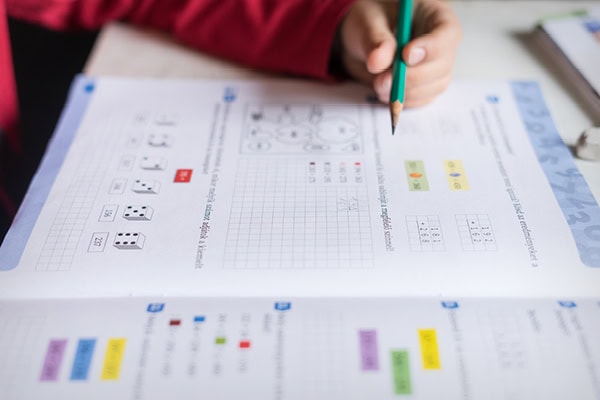By traditional measures of well-being, America’s children and teens should be doing well, according to the Hechinger Report. Consider that:
- Over the past two decades, high school graduation rates have gone up.
- Fewer teens are taking up smoking.
- The birth rate among 15-to-19 year olds is at a record low.
- Arrest rates among teens are dropping. Youth drug use is trending down.
Nevertheless, teens report that their own mental health is spiraling. Increasingly, they are anxious, depressed and wrestling with thoughts of suicide. The measures that researchers have traditionally used to gauge adolescent well-being have become sharply out of step with the reality of adolescent life.
For decades, researchers have tried to capture a national picture of youth well-being by combining a number of social indicators, such as obesity rates, rates of tobacco use, family access to health insurance, academic proficiency on state tests, graduation rates, drug use and teen birth rates.
Until recent years, those measures and youth reports of their depressive symptoms, captured in a long-running national research project called Monitoring the Future, have mostly moved in tandem. As other measures improved, youth also reported feeling less anxiety and depressive symptoms.
Somewhere in the 2010-12 time frame, that abruptly changed. Many of the other measures continued on an upward trajectory, but teens started reporting that they were growing increasingly anxious and depressed.
Researchers have pointed to the introduction of smartphones — the iPhone was introduced in 2007 — and the rise of social media as the culprit. But teasing apart what’s actually happening is difficult. Are teens struggling because smartphone time is leading to less sleep? Or are they exposed to information via social media that is leading to a greater sense of anxiety and depression?
There are other social factors: economic precarity, a greater societal willingness to talk about mental health, so-called helicopter parenting, and the opioid epidemic, among many others.
There are still plenty of steps schools, educators and parents can take to address the clear problems facing young people.
Schools should support student mental health by building in time to teach skills such as coping with stress, said Ava Havidic, a 17-year-old senior in Broward County, Florida.
“There’s so many hours in the school day,” said Havidic, that young people “can’t find another time in the day to practice mindfulness and find these positive outlets to build on mental health.”
Clamping down on smartphones won’t help youth when they are on their own and out of the direct control of their parents, she said. Smartphone use does play a role; students can be bullied via social media, or inappropriate material wirelessly “airdropped” to their phones.
But the adults around them may also be making things worse, unwittingly. Some parents insist their children are doing fine regardless of evidence to the contrary. And educators sometimes increase students’ academic workload and don’t leave time for mental health support.
Adults taking more time to reach out to the students — and model healthy practices themselves — can help. Youth could use more support relationships. Take the time to be open and ask them questions, instead of assuming you know the answers.”
Hechinger Report





